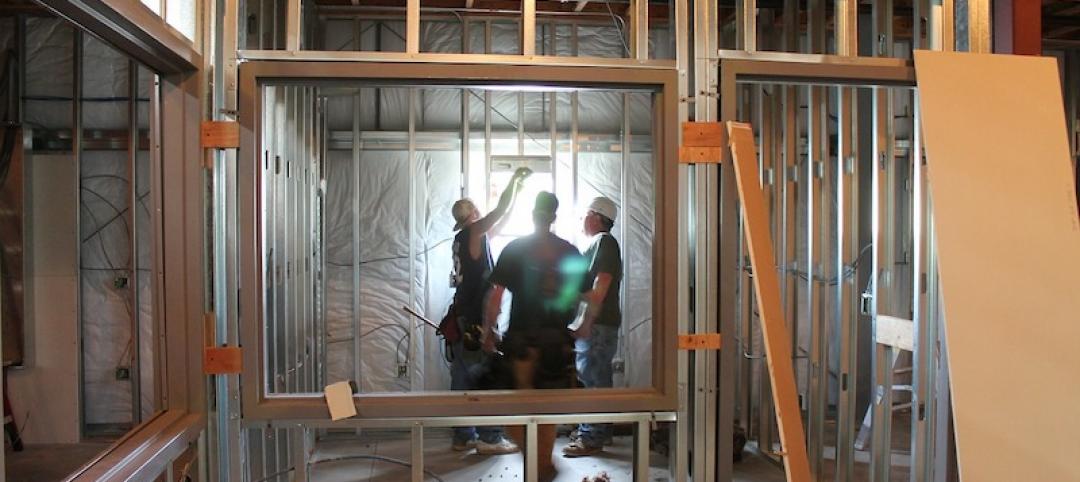Corrosion in sprinkler system piping can be a costly problem if leaks occur, causing damage to the interior of a structure, according to Matt Klaus, Principal Fire Protection Engineer with the National Fire Protection Association.
Replacing piping is no small expense, either. Corrosion can also cause blockages in the piping network, which can lead to an ineffective sprinkler system during a fire.
Corrosion can take on many forms, including oxidation, microbiologically influenced corrosion, and galvanic corrosion. The technical committees responsible for NFPA 13, Installation of Sprinkler Systems, have been looking at ways to eliminate or reduce corrosion in sprinkler systems for several revision cycles.
Reducing corrosion in dry systems can be achieved by eliminating all of the water from these systems after testing/activation and using alternative gases like nitrogen for charging these systems. For wet systems, limiting the amount of air in the system is the goal. Air trapped in pressurized sprinkler system piping results in an increase in the concentration of dissolved oxygen in the piping, enabling corrosion. Venting the trapped air in a wet system reduces this problem, so a revision to the wet system sprinkler system standard requires that a single air vent be installed for each system.
Depending upon the building geometry and sprinkler design, it is possible to trap air in many locations in the system, meaning a single vent may not be effective. Therefore, some stakeholders believe that the requirement adds cost to the property owner and the design team without any assurance that there is a long-term benefit to the system.
Related Stories
Codes and Standards | May 13, 2020
Researchers flag insufficient training for construction workers on healthcare projects
May contribute to fungal disease outbreaks that endanger patients
Codes and Standards | May 8, 2020
New NIBS report evaluates natural disaster mitigation strategies
Document examines strengthening buildings for flood, wind, wildfires, and earthquakes.
Codes and Standards | May 6, 2020
A few ways contractors can manage COVID-19 risks
Staggered start times, rigorous tool cleaning, virtual training among the strategies.
Codes and Standards | May 5, 2020
NAHB loses influence in 2021 IECC building code development
Despite objections from the National Association of Home Builders (NAHB), the development of the 2021 International Energy Conservation Code (IECC) is nearing conclusion. NAHB objected to several more stringent energy efficiency provisions.
Codes and Standards | May 5, 2020
2020 IECC will lead to significant carbon emissions reductions
New model building code nearly finalized.
Codes and Standards | May 4, 2020
New York expands prevailing wage law
Now includes private projects with 30% or more of public subsidies.
Codes and Standards | May 1, 2020
OSHA says most employers don’t have to track worker COVID-19 infections
Agency clarifies responsibility for contractors, others.
Codes and Standards | Apr 29, 2020
New York City tightens restrictions on construction during pandemic
Dept. of Buildings has issued more than 100 violations and stop-work orders.
Codes and Standards | Apr 28, 2020
ASHRAE, WELL panels to tackle revising standards to limit spread of viruses in buildings
Will examine ways to reduce infectious threats through building designs and operations.
Codes and Standards | Apr 24, 2020
Dept. of Labor issues guidance for respiratory protection during N95 shortage
Elastomeric respirators or powered, air-purifying respirators, and expired N95s are allowable alternatives

















